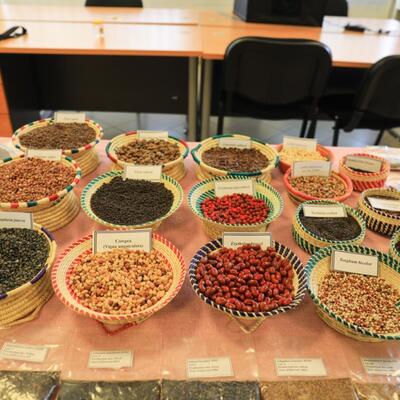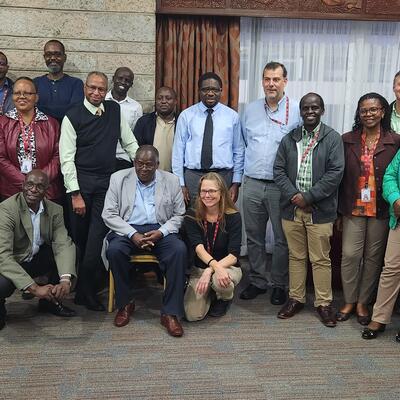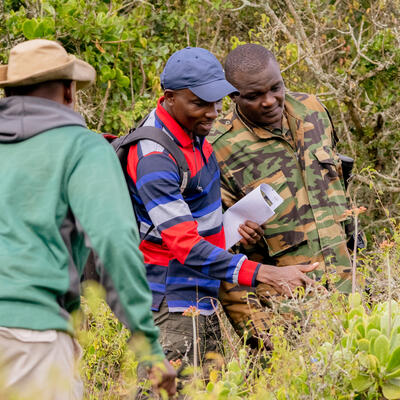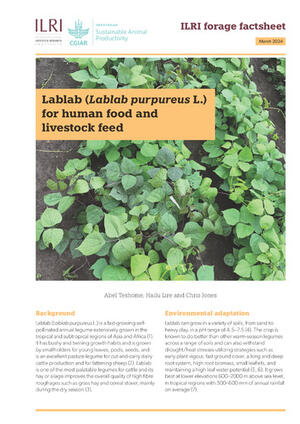ILRI Forage Development Program aims to tackle key challenges and unlock opportunities within the feed and fodder value chains. By enhancing both the quantity and quality of feed resources, we strive to boost livestock productivity to meet the increasing demand for animal-sourced food. Additionally, our initiatives focus on enhancing profitability by reducing feed costs, increasing income, and generating employment opportunities, particularly empowering women by reducing labor and drudgery. Through sustainable feeding solutions, we also aim to reduce the environmental impact of feed production.
Our Key Achievements:
- Genomic Breakthroughs: Successfully sequencing the lablab genome, paving the way for genetic improvements in forage crops.
- Innovative Technology: Implementing mobile Near-Infrared Spectroscopy (NIRS) technology to instantly analyze feed quality, ensuring optimal nutrition for animals.





















